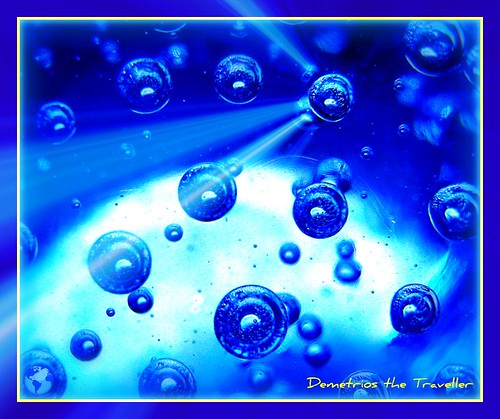Light-Emitting Bubbles
Scientists Investigate Light-Emitting Bubbles
Michael D. Wheeler
LOS ANGELES --
What do sound waves, water bubbles and photons have in common? They are the primary players in sonoluminescence, a phenomenon in which the tiny bubbles created by intense acoustic fields in water emit light as they collapse.
It also spurred Gary A. Williams from the University of California and his colleagues to conduct experiments in sonoluminescence. They focused on creating single-bubble luminescence in alcohol and nitrogen at cryogenic temperatures, but they found it difficult to trap the bubbles. They tried another approach: using focused laser pulses to induce cavitation.
In experiments that they described in the May 21 issue of Physical Review Letters, the researchers created bubbles in water with 6-ns, 600-mJ pulses from an Nd:YAG laser. The water absorbed the energy from the focused pulse, creating a bubble that expanded to 2 mm in diameter before it collapsed.
The key to analyzing the luminescence was a Roper Scientific spectrometer with intensified CCD readout capabilities. "The CCD allows us to record a range of 200 nm of the spectrum on each shot," Williams explained. "Because the luminescence is only about 108 photons from each bubble, the intensifier stage of the CCD proved crucial in boosting the signal."
The bubbles displayed a molecular OH* band at 310 nm, which approximates a 7800-K blackbody spectrum. This suggests a strong connection between the emission from single and multiple bubbles, because the same molecular band is observed in the latter.
Saturday, September 12, 2009
Light-Emitting Bubbles
Subscribe to:
Post Comments (Atom)

1 comment:
So cool! :)
Post a Comment